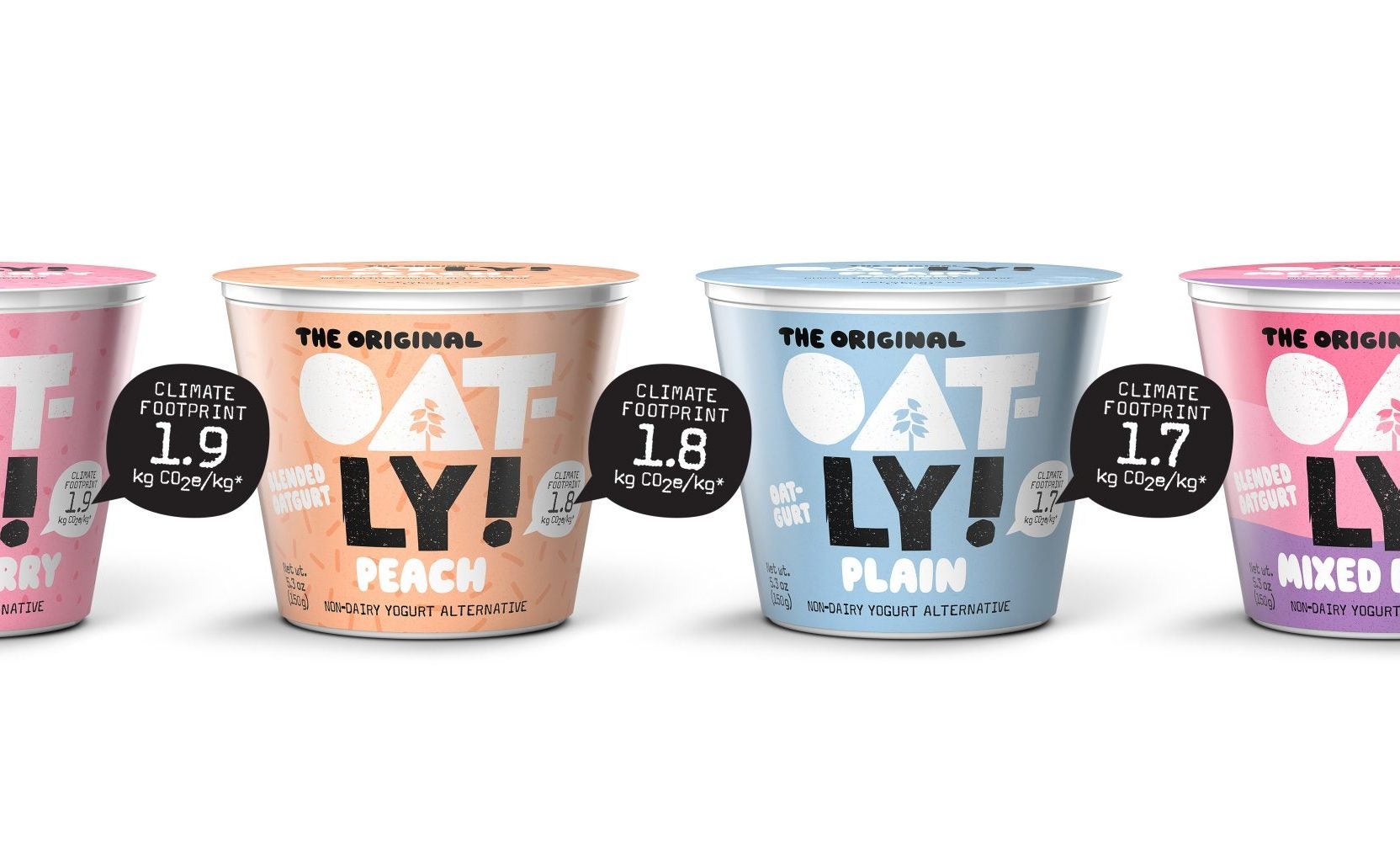
Oatly is aiming to recover more than US$250m in losses in two years with newly secured funding setting a path to “financial self-sufficiency”.
The Sweden-based oat milk supplier continued to post losses in fiscal 2022 to 31 December, with an adjusted EBITDA print of $268m, wider than the $147m loss in the corresponding 12 months.
Almost three months into the new financial year, CEO Toni Peterson said yesterday (15 March) Oatly now has a “clear line of sight to reaching profitability” sometime in fiscal 2024 and is set up to start “playing offense” in 2023.
Oatly has transitioned to a “more asset-light supply chain strategy”, kicked off last year and culminating in a co-manufacturing deal with Canada-based Ya Ya Foods, which takes over production at the Swedish firm’s facilities in Ogden, Utah, and in Dallas Fort Worth, Texas. The aim is to free up Oatly to focus on innovation and execution in order to drive growth and ultimately profits.
Malmo-headquartered Oatly, which supplies oat dairy-alternative products to markets across the globe, has secured $425m in funding through a combination of convertible bonds and term loans to accelerate the company’s profitability goal.
“We intend to use these funds as fuel to drive our growth. The funds will be used for activities such as completing our supply-chain network build-out, efficiency programmes and entering new markets,” CFO Christian Hanke said yesterday as he discussed full-year results alongside Peterson.

US Tariffs are shifting - will you react or anticipate?
Don’t let policy changes catch you off guard. Stay proactive with real-time data and expert analysis.
By GlobalDataThe two-tranche, $300m convertible note offering has commitments from key investors – Blackstone, Verlinvest and Nativus.
“We have support by our key anchor shareholders, and we believe that this fundraising will be enough for us to support our growth investment and enable us to reach financial self-sufficiency,” Peterson added.
Oatly’s revenue for 2022 was $722.2m, up 12.3% on a reported basis and 20.1% in constant-currency terms. Volume rose 19.1% with a positive price/mix of 1%.
New markets
The EMEA region is the company’s largest market with sales last year of $345.5m, followed by the Americas with $223.8m and Asia at $152.9m.
Peterson was vague on the plans to enter new markets in his prepared remarks to analysts. “We will be expanding geographically into adjacent markets. The geographic expansion will be executed in a controlled manner where we are leveraging many of our existing people and supply-chain facilities to service the neighbouring markets. This will allow us to move faster and minimise the need for additional resources.”
Oatly will also seek to shift the portfolio beyond what he called “coffee locations” into “milk-based moments”, including a no-sugar alternative.
Within the EMEA region, COO Daniel Ordonez said Oatly “sustained momentum in Europe”, with record share and double-digit volume growth in the key markets of the UK, Germany and the Netherlands.
EMEA sales increased 2.7% in reported terms and 15.5% in constant currency, with total volume up 13.7% and a price/mix of 1.8%.
Double-digit price increases were initiated in December and January “across all markets and channels”, which was not fully reflected in the final quarter numbers, CFO Hanke confirmed.
Americas restraints
Supply-chain issues continued to weigh on the Americas, restricting Oatly’s ability to service demand as the Ya Ya Foods deal only materialised in January. Despite double-digit growth in the fourth quarter, Peterson said growth was “below the category” and he was “not satisfied” with the performance.
An additional production line at Oatly’s Millville, New Jersey factory will boost the Americas’ output by more than 30%, he said.
“This capacity expansion is enabled by our strategic alliance with our local hybrid manufacturing partner. We expect this stability and expanded capacity to be a critical part of unlocking the growth of our Americas segment and expanding our distribution, as well as drive significant margin growth as we consolidate co-packers,” Peterson explained.
Sales in the region were still up 24.5% in both reported and constant-currency terms, with a volume increase of 23.2% and price/mix of 1.3%.
John Baumgartner, a managing director at Japanese investment bank Mizuho Securities, wrote in a research note today (16 March): “Supply-chain momentum is apparent, and we are bullish that brand-building in FY-23 can enhance awareness, trial, repeat purchases and market share.
“We see multiple areas of potential upside including volume, net impact of cost savings versus reinvestment, and adoption of a hybrid model for new manufacturing facilities that could reduce capex.”
Price/mix in Asia, however, was a negative 6.1% with volume growth of 31.9%. That was due to Covid-19 restrictions, particularly in China, resulting in Oatly having to “use heavier levels of promotions to offload inventory”, Hanke told analysts.
“Given the uncertainties and restrictions due to the virus, managing inventory has been a challenge. And the team had to adjust prices to be able to minimise inventory write-offs,” he added.
Oatly expects revenue growth to edge up to 23-28% this year in constant currency, with a sequential improvement in the 15.9% fourth-quarter gross margin to the “high” 20% area in the final three months.
Peterson said the priorities for 2023 include delivering on the guidance, further efforts to improve the supply chain, and “balancing growth and efficiency appropriately that we drive toward profitability”.



